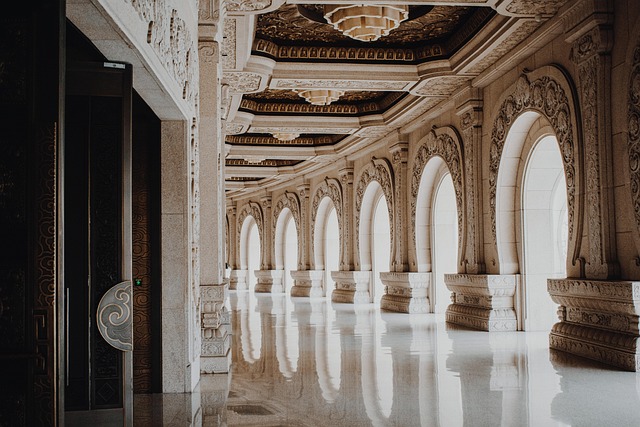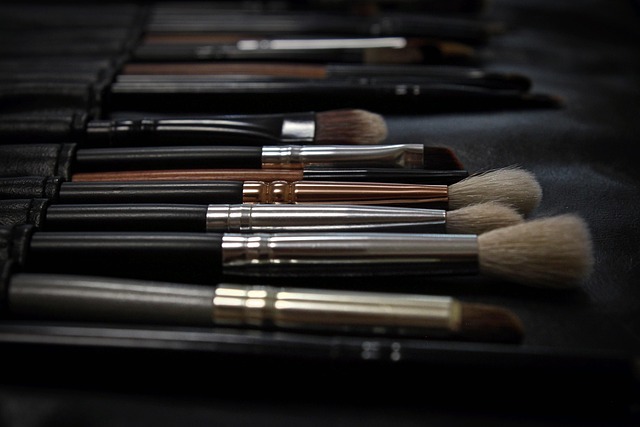Fashion is not just a way to dress; it’s a reflection of our culture, society, and the times we live in. The history of fashion is an intriguing journey that encapsulates our collective human experience, marked by changes in social norms, technological advancements, and artistic expressions.
Throughout the centuries, fashion has continuously evolved, serving different purposes at various points in time. In ancient civilizations, clothing was primarily functional—protecting the body from the elements and signifying social status. As we moved into the Middle Ages, attire became intertwined with identity; the wealthy draped themselves in luxurious fabrics while common folk wore simple garments.
The Renaissance sparked a dramatic shift in fashion. Suddenly, clothing was infused with artistry and individuality. Tailors began to thrive as the demand for unique pieces grew. Fabrics that were once limited to the upper class became more accessible, thanks to advances in dyeing techniques and trade. This was a time when fashion started to be viewed as an essential aspect of self-expression and personal style.
The 18th century introduced the concept of fashion trends. The rise of fashion magazines and the influence of royal courts meant that styles rapidly changed, reflecting the tastes and whims of society. This period saw the emergence of extravagant clothing, characterized by intricate designs and elaborate accessories. The Enlightenment led to a more liberal approach, championing individuality and igniting a passion for personal expression in clothing choices.
As we moved into the 19th century, the Industrial Revolution changed the way clothing was produced. Mass production made fashionable attire available to the masses, further democratizing fashion. This era saw the birth of ready-to-wear clothing, with an emphasis on practicality and comfort, as women began to enter the workforce. The silhouette transformed with crinolines and corsets, emphasizing a particular ideal of beauty and femininity.
In the 20th century, fashion experienced revolutionary changes with the introduction of new materials and styles. The flapper dress of the 1920s broke away from traditional norms, symbolizing a new sense of freedom and rebellion. The post-war era brought about the “New Look” of the 1940s, which celebrated femininity with voluminous skirts and nipped-in waists. These changes highlighted shifts not only in aesthetics but also in societal roles and expectations.
Today, fashion is a vibrant tapestry woven from the threads of history. Designers draw inspiration from past eras, blending nostalgia with modernity. Sustainability has become a focal point in the fashion conversation as consumers demand more ethical production practices, leading to a renaissance in vintage and second-hand fashion. Social media platforms have transformed the way trends are disseminated and embraced, allowing individuals to cultivate unique identities in a rapidly shifting landscape.
Understanding the history of fashion enhances our appreciation for what we wear and why we wear it. Fashion is undeniably a powerful form of communication, enabling us to express our individuality while also connecting us to the broader narrative of human history.




